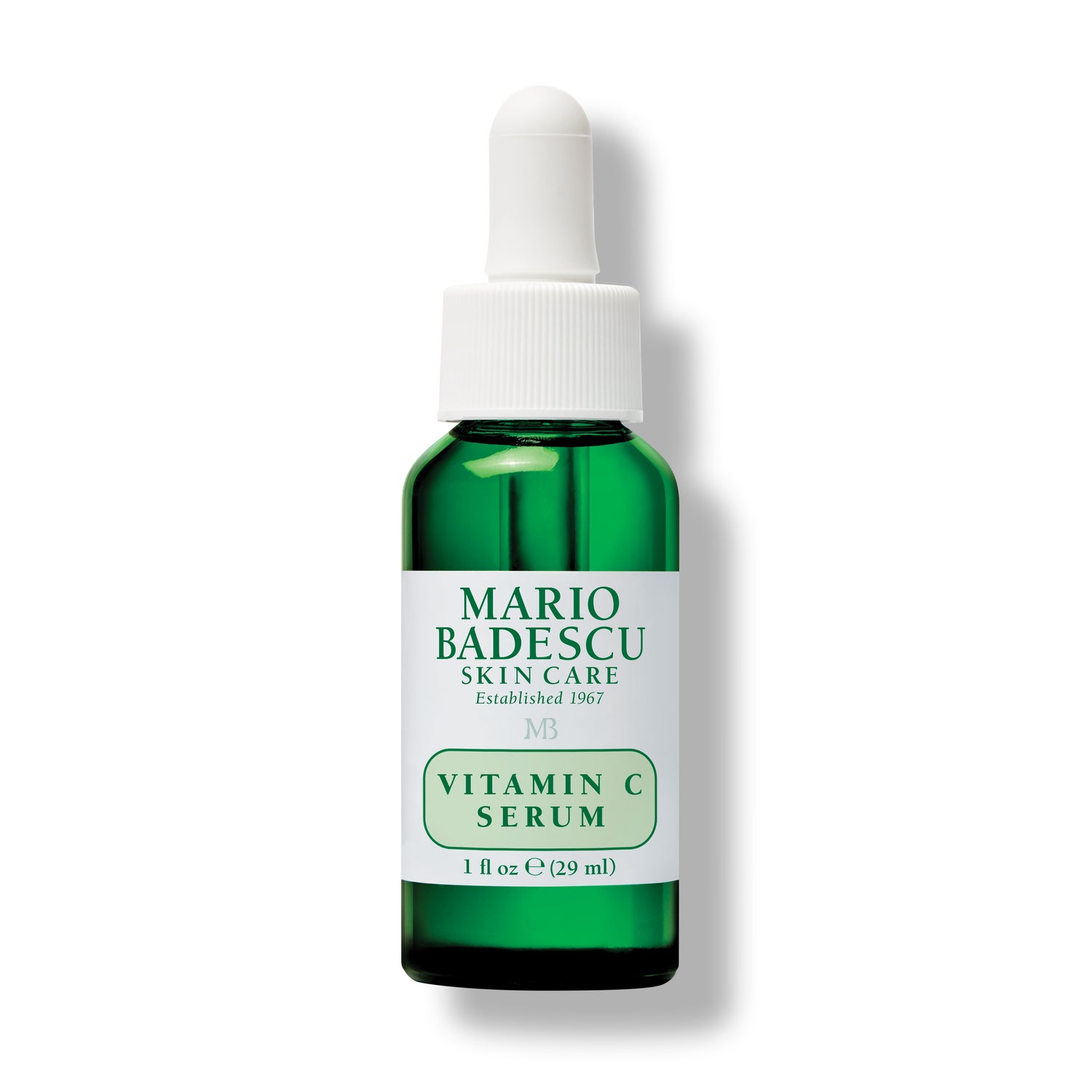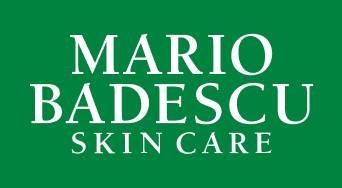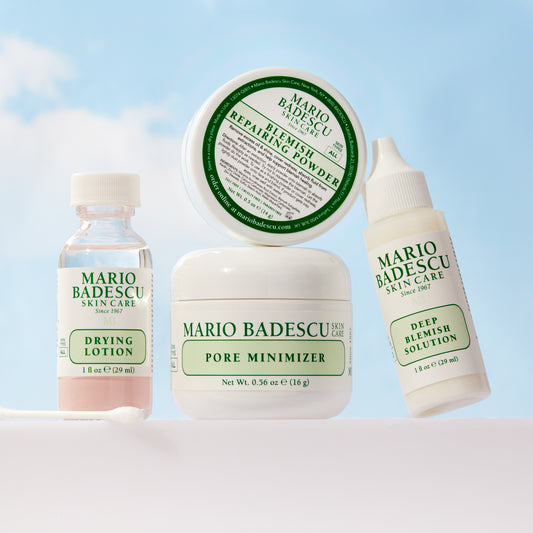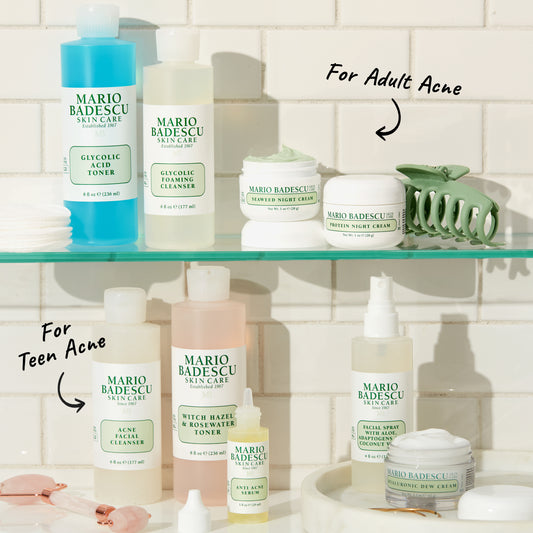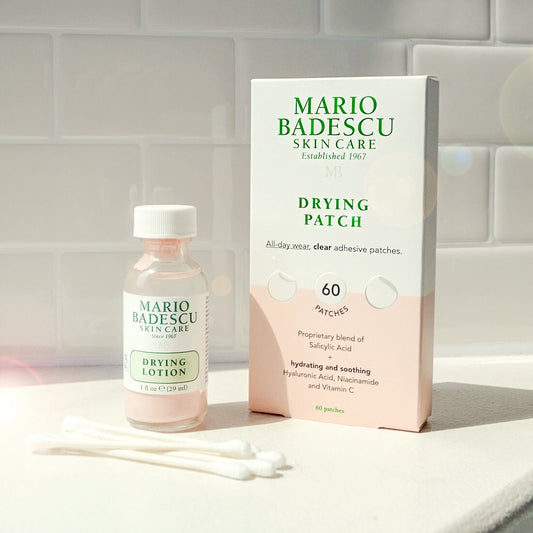Mario Badescu Skin Care is proclaiming it ACNE WEEK on our blog! It's time to learn everything you can about this frustrating and common condition, and find the very best solutions to fight acne. Isn't it time for clearer skin? Let's get started. Before you reach for the nearest pimple cream or magnifying glass, you should first learn what causes acne and then identify what kind of acne you have. After that, choosing acne treatment products will be a much easier process.

Four types of acne commonly affect the face, neck, chest and back. These are:
1. Pimples You say pimple; I say papule… Both refer to a solid raised bump on the skin’s surface. Pimples usually appear due to hormones; however, they can be summoned from improper skin care and a hot and humid climate as well. Both teens and adults can suffer from pimples. One of the best ways to avoid pimples is through prevention and using an acne serum.
2. Whiteheads These pesky pore-hoggers also go by the alias of pustule (what a fitting name!) because they are actually inflamed pimples that contain pus. When pus forms under the top layer of the skin a white or yellow color is visible on the surface. These pimples can be tempting to pop, but don’t do it! More on that below. There are much more gentle and effective ways to treat this type of acne.
3. Blackheads Also referred to as comedones, these appear when trapped oil, dirt and debris are exposed to air and harden in the pores. The clogged pore takes on a darker color from the oxidation process, which is why they’re called blackheads. These are very common in combination and oily skin types, but blackheads can even affect dry skin. Luckily, it’s easy to banish blackheads with a few simple steps.

4. Cysts Commonly called zits, these are closed, abnormally developed sacs that contain fluid, matter, or a mixture of both above or below the skin. Often painful, cysts can range in size from relatively small to much larger. Cystic acne can be uncomfortable, but it can be treated with products like our Buffering Lotion, which forms a protective barrier and targets erupted areas.
An important note about picking at or popping acne eruptions: While the thought of manually extracting, or popping, acne may be inviting, it can do much more harm than good. Using the fingers to pop pimples can spread bacteria and prolong the breakout by affecting even more of the face. Picking or trying to squeeze pimples can also cause the skin to rupture, and it can slow down the healing time. Instead, take matters into your own hands the best way by treating existing breakouts, and preventing them before they start with the right products.
Say hello to clearer skin! Breakouts are never fun. Here are some helpful suggestions on how to beat a breakout.
